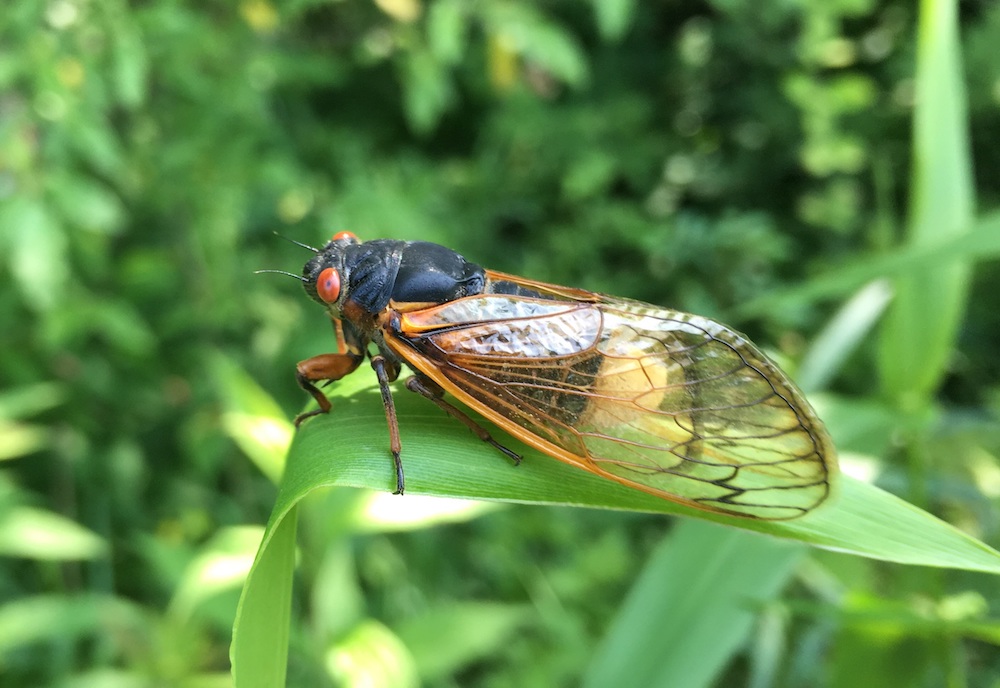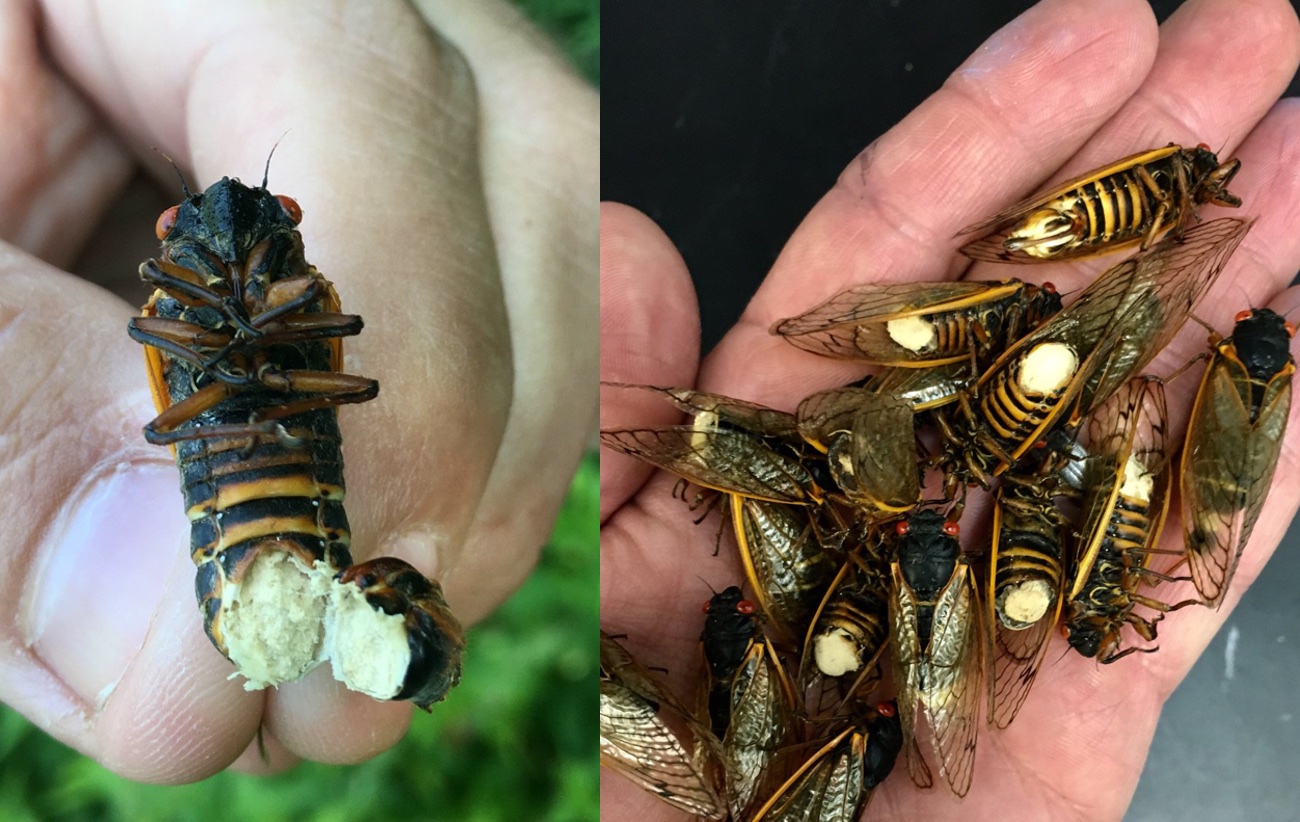This Fungal Hallucinogen Makes Cicadas Orgy Till Their Butts Literally Fall Off

As if showing up to a rave after taking a party drug, cicadas infected with a certain fungus become endlessly energetic (cue the techno music) and eager for sex. The downside? Rather than a blissful night of dancing, these insects lose their butts … literally.
Though scientists knew about this fungus-fueled bug rave, they recently identified the ingredients that made it happen. The researchers, from the University of West Virginia, identified traces of amphetamines and hallucinogens in cicadas infected with a Massopora fungus. The upshot for the fungus is less grim, as the strange changes in cicada behavior lead to the propagation of the fungus itself, which is transmitted sexually. Males infected by Massopora will even try to copulate with one another, imitating the behavior of a female cicada in order to lure an unsuspecting male — another potential host for the zombie-like fungus. [Mind Control: Gallery of Zombie Ants]
To make a bad situation even worse, as the cicadas fly around, they unleash a spray of disintegrating body parts and infectious fungus onto other members of their unsuspecting brood. "That's why we call them 'flying salt shakers of death," Matt Kasson, the lead author of the study, published in the journal Fungal Ecology earlier this month, told Live Science.
But until now, scientists had no idea why the fungus was inducing these changes in the first place. No one had ever analyzed the chemical composition of the fungus. So when Kasson and his colleagues, using a kind of chemical fingerprinting, identified unmistakable chemical traces of the two psychoactive compounds, they were completely caught off guard.
"To say that we were surprised is to understate it," Kasson said.
It's highly likely that these two compounds aren't solely responsible for the cicadas' behavioral changes, Kasson said. The fungus itself is a cocktail of chemicals — two of which happen to be very well-known psychoactive drugs. It's also possible that the two drugs interact in some way with natural cicada hormones, Kasson added. But based on previous research, Kasson thinks it's highly likely that these two drugs play an important role in the insects' sex binges.
After all, scientists are no strangers to bugs on drugs.
Get the world’s most fascinating discoveries delivered straight to your inbox.
In the 1970s, in the heyday of hallucinogens before laws curtailed their research, scientists tinkered with insects: They gave LSD to spiders and watched them spin their webs, and they observed flies high on 'shrooms. The changes scientists observe today in Massopora-infected cicadas are consistent with these past studies — the insects stop eating and resting and they behave erratically. And their injuries, as their bodies literally disintegrate, don't appear to perturb the cicadas. They just go about their daily business, trying to get down to business with other cicadas.
"If you think about our own bodies, if one of our limbs was amputated it would set us back quite a bit," Kasson said, "yet these insects seem to be moving around and participating in normal typical activities as if their backside wasn't a fungal mess."
This year, after a long sleep in Pennsylvania, a brand new brood of cicadas is emerging in Ohio and West Virginia. And they're keeping Kasson and his lab busy. As the insects crawl into daylight, some will face a gruesome ending. But, perhaps, the insects – high on this newly discovered fungal cocktail – don't care.
- 6 Amazing Facts About Cicadas
- The 10 Most Diabolical and Disgusting Parasites
- The 12 Weirdest Animal Discoveries
Originally published on Live Science.

Isobel Whitcomb is a contributing writer for Live Science who covers the environment, animals and health. Her work has appeared in the New York Times, Fatherly, Atlas Obscura, Hakai Magazine and Scholastic's Science World Magazine. Isobel's roots are in science. She studied biology at Scripps College in Claremont, California, while working in two different labs and completing a fellowship at Crater Lake National Park. She completed her master's degree in journalism at NYU's Science, Health, and Environmental Reporting Program. She currently lives in Portland, Oregon.



